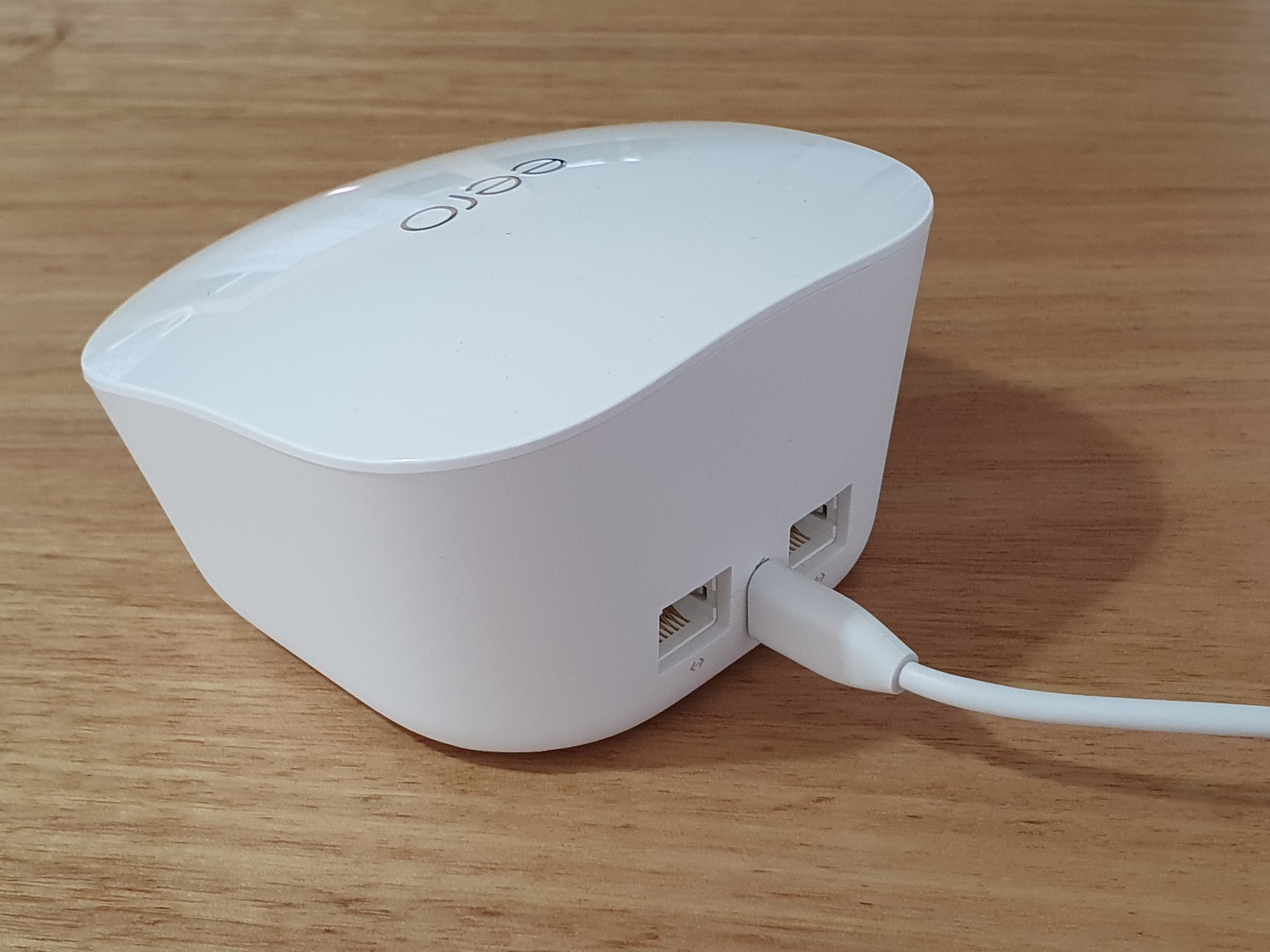Of recent times we’ve looked at a number of networking and Wi-Fi options including the D-Link AX1500 Wi-Fi 6 Router, D-Link C1102 Easy Mesh, Netgear Nighthawk AX8 and many others if you delve back into our archives.
There are plenty of useful features of any of those individual offerings, but there is something we’ve overlooked. When are the various options most appropriate to the multiple needs of users? A question we hope to address today by exploring the pros and cons of Mesh vs a standalone router. We’ll look at the technicalities, expandability and of course how futureproof the various options are.
Do you actually actually have Wi-Fi problems?
Before you go looking for trouble, think about the old phrase: If it ain’t broke, don’t fix it. That stands true of a Wi-Fi setup in your home if it’s working well do you need to mess with it? If it’s of an age where you think you have to start exploring your options, expand your coverage or look for a better feature set then read on.
Electronics is a funny game in that you get what you pay for, within reason. There is a point where you start to pay for the name on the box versus the actual hardware. We’ll let you make the decision where that sits as it’s a somewhat subjective line. Personally, with something as — in the connected world we live in — critical as Wi-Fi, my general feeling would be to buy the best you can afford then forget about it until you need to replace it years down the track.
Identifying your problems, wants and needs
So you’ve got some issues with your Wi-Fi, but you’re not sure how to resolve them. It’s really important to understand what your Wi-Fi issues are before you start introducing new hardware. Problems can vary dramatically:
- Wi-Fi dead spots, dropouts or signal issues
- Speed issues
- High network latency
Each of these potential issues may be stand-alone, or a combined issue relating to hardware and environment. So it’s essential to tackle any problems you may have individually before diving in to implement a completely new solution with potentially the same issues.
Recently we took a bit of a dive into how Wi-Fi 6 is a significant change in technology, more importantly, the positive effect that will have on end-user experience. It’s not necessary to jump on the Wi-Fi 6 bandwagon just yet, but it will address speed issues for many potential buyers as well as network latency. On top of that, if you’re someone who likes to set and forget — potentially for years — wireless equipment, then you should seriously consider it.
There are plenty of relatively cost-effective “simple” fixes for network troubles.
It could be as simple as grabbing a new router. The latest routers have an improved feature set, transmit over a longer range and some of them can be turned into a base station for mesh Wi-Fi giving you expandability into the future. There are a huge number of homes where the footprint of the home is of a size where a single router will suffice. It’s also worth considering that electronics fail over time and frankly, your list of connected devices may have outgrown its capability.
If you’re having signal issues in one specific area of your home, that could be — although it’s not generally a recommended option — solved by a Wi-Fi range extender. These essentially connect to your existing Wi-Fi and extend its range but can cause some issues of their own. This can be network latency and generally reduced speed as they’re constantly pinging the base station so they’re a potential fix… again not a guarantee. In truly practical terms, if you need to cover more than a single dead spot, a Mesh system may well be a better option.
Don’t forget ethernet connections
I’m personally a big fan of Ethernet connections. Don’t get me wrong, I love Wireless too, it has a place but where I can I will always hardwire a device…. This goes for anything from a PC to NAS and even a streaming media device if possible. This minimises latency, stabilises speeds and ultimately – will give you better performance but the compromise, of course, is mobility. I recently upgraded my core infrastructure and despite this also have Mesh network running for our mobile devices as there is a place for physical and wireless connections in everyone’s lives.
Is it time for a Mesh Wi-Fi system?
The installation of a good Mesh Wi-Fi system makes a lot of sense for many homes. It improves the coverage around your home, as well as the speeds that individual devices are able to achieve. While a top of the range Mesh system will cost you quite a bit of money, there are some very affordable options that have a solid feature set.
Assuming that you’re shopping on features with price as a consideration, then there are a lot of options available in the market. These include two and three-node systems that are sufficient to bathe medium to large homes in the goodness that is Wi-Fi. A couple of important features you may wish to look for are:
- Ethernet Ports: This allows you to hardwire devices next to your nodes, or if needed, connect the nodes by Ethernet
- The ability to add more nodes
- If you’re planning on replacing your router, make sure the Mesh system has routing capabilities
- Check the capacity of the device – Some have limits on the number of connected devices they support
- Consider spending the extra and upgrading to Wi-Fi 6
Home Mesh hardware is exactly what a huge majority of users not just want but need. Functionality and expandability that you can set and forget!








Wow the cable management. I can only hope and dream that one day I can emulate.